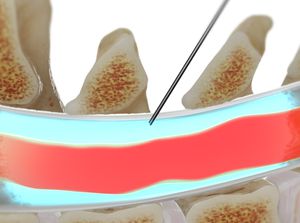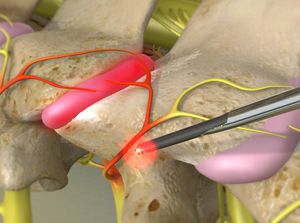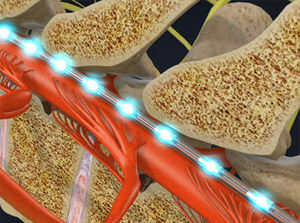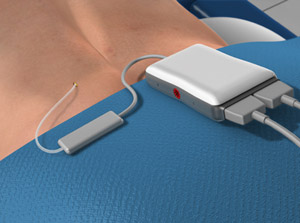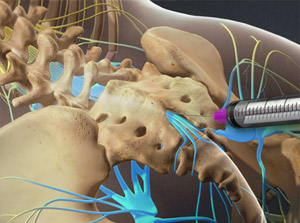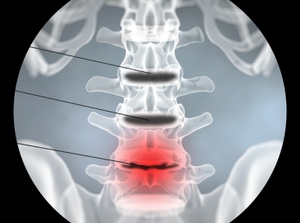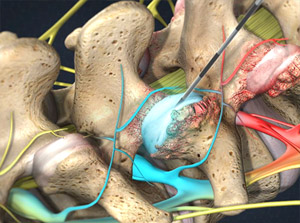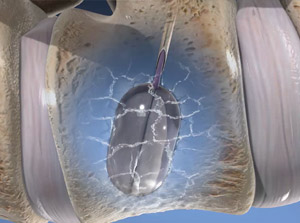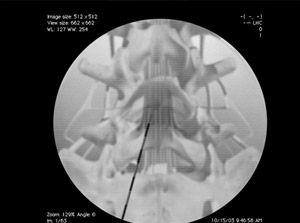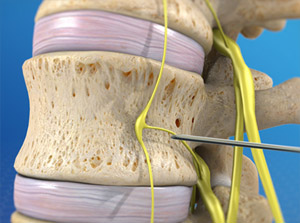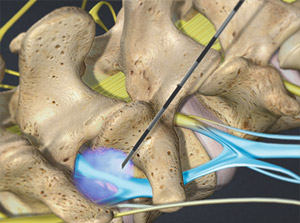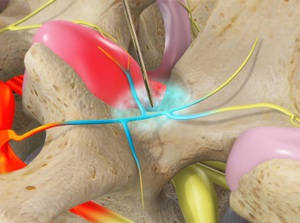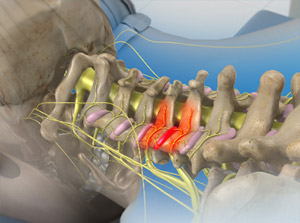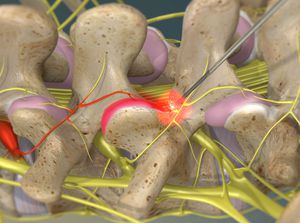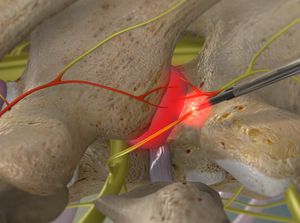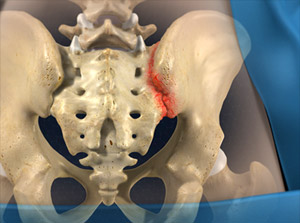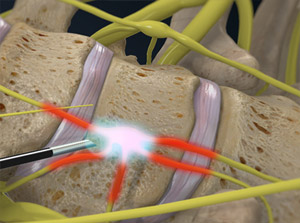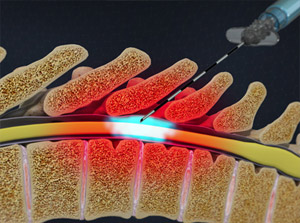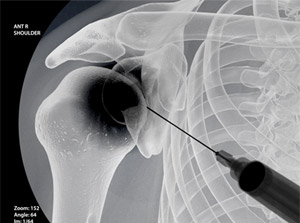Opioids are a powerful class of drugs. They can control severe pain. But many people who use opioids experience some side effects. You should be aware of these side effects so you can use these drugs safely.
Medication Management
Opioids (Common Side Effects)
Opioids (Physical Dependence and Addiction)
Using Opioids Safely
Head, Neck and Spine
Cervical Epidural Steroid Injection
Cervical Facet Radiofrequency Neurotomy
Spinal Cord Stimulation
Spinal Cord Stimulator Implant (Trial Procedure)
Spinal cord stimulation (also called SCS) uses electrical impulses to relieve chronic pain of the back, arms and legs. It is believed that electrical pulses prevent pain signals from being received by the brain. SCS candidates include people who suffer from neuropathic pain and for whom conservative treatments have failed.
Spinal cord stimulation (also called SCS) uses electrical impulses to relieve chronic pain of the back, arms and legs. It is believed that electrical pulses prevent pain signals from being received by the brain. SCS candidates include people who suffer from neuropathic pain and for whom conservative treatments have failed.
Caudal Epidural Steroid Injection
Discography (Lumbar)
Facet Joint Injections
Kyphoplasty (Balloon Vertebroplasty)
Lumbar Epidural Steroid Injection
Lumbar Sympathetic Block
Lumbar Transforaminal Epidural Steroid Injection
Managing Low Back Pain
This outpatient procedure is an injection of a steroid-anesthetic medication. The medication can reduce swelling and inflammation of irritated spinal nerves. This procedure is performed to relieve pain in the lower back and pain that radiates from the back to the legs. The injection takes only a few minutes to complete.
Managing Neck Pain
Medial Branch Block
Medial Branch Block (Cervical)
Radiofrequency Neurotomy of the Lumbar Facets
This is an injection of numbing medicine that bathes the medial branch nerves. These nerves are attached to the facet joints of the spine. Disease or injury of these joints can cause pain in the medial branch nerves. This pain may travel through the neck, shoulders, upper back and head. A medial branch block can help your physician find the source of your pain. It may also provide temporary pain relief.
This is an injection of numbing medicine that bathes the medial branch nerves. These nerves are attached to the facet joints of the spine. Disease or injury of these joints can cause pain in the medial branch nerves. This pain may travel through the neck, shoulders, upper back and head. A medial branch block can help your physician find the source of your pain. It may also provide temporary pain relief.
Radiofrequency Neurotomy of the Thoracic Facets
Sacroiliac Joint Steroid Injection
Sacroiliac Joint Steroid Injection
Thoracic Epidural Steroid Injection
This is an injection of numbing medicine that bathes the medial branch nerves. These nerves are attached to the facet joints of the spine. Disease or injury of these joints can cause pain in the medial branch nerves. This pain may travel through the neck, shoulders, upper back and head. A medial branch block can help your physician find the source of your pain. It may also provide temporary pain relief.
This is an injection of numbing medicine that bathes the medial branch nerves. These nerves are attached to the facet joints of the spine. Disease or injury of these joints can cause pain in the medial branch nerves. This pain may travel through the neck, shoulders, upper back and head. A medial branch block can help your physician find the source of your pain. It may also provide temporary pain relief.
This is an injection of numbing medicine that bathes the medial branch nerves. These nerves are attached to the facet joints of the spine. Disease or injury of these joints can cause pain in the medial branch nerves. This pain may travel through the neck, shoulders, upper back and head. A medial branch block can help your physician find the source of your pain. It may also provide temporary pain relief.
This is an injection of numbing medicine that bathes the medial branch nerves. These nerves are attached to the facet joints of the spine. Disease or injury of these joints can cause pain in the medial branch nerves. This pain may travel through the neck, shoulders, upper back and head. A medial branch block can help your physician find the source of your pain. It may also provide temporary pain relief.

Bone Tumor Treatment (OsteoCool RF)
Radiofrequency RF ablation is a procedure that uses alternating, low power current to generate heat. The heat is delivered by a probe to the tumor to intentionally dry out and kill cancerous cells.
OsteoCoolTM RF Ablation is leading-edge technology that allows your doctor to deliver the ablation energy to the precise size and location of your tumor. It’s predictable. During the procedure, pumped water circulates through the probes to control the temperature and help reduce damage to the surrounding healthy tissue.




